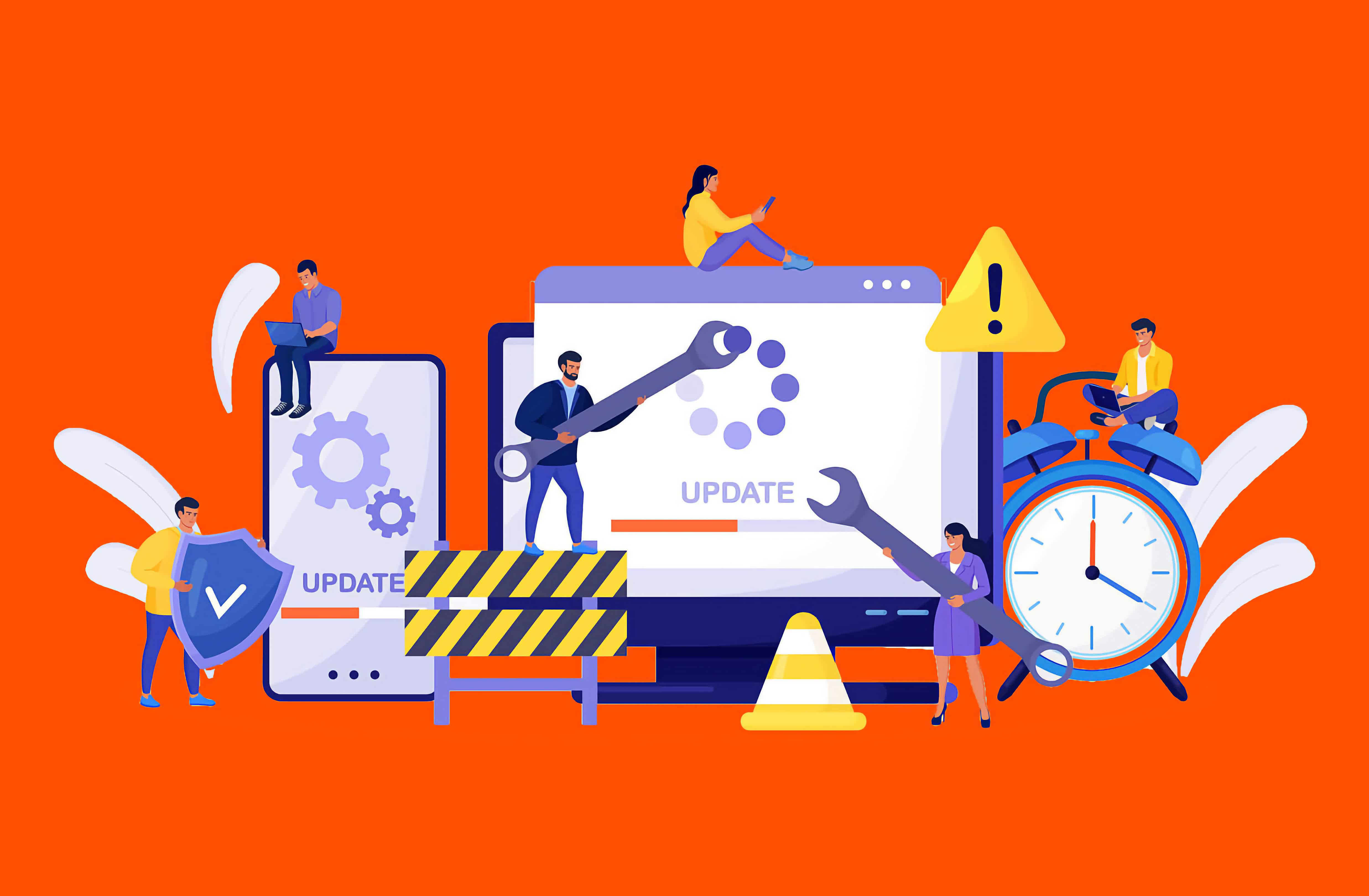您现在的位置是:一斛珠·梅香记 >>正文
Failover vs. Failback: Two Disaster Recovery Methods
一斛珠·梅香记4439人已围观
简介A key distinction in the realm of disaster recovery is the one between failover and failback. Both t ...
A key distinction in the realm of disaster recovery is 关键字1the one between failover and failback. Both terms describe two sides of the same coin, complementary processes that are often brought together.
However, their effects and purposes couldn't be more different. Both play critical roles in ensuring business continuity and disaster recovery, making it essential to understand what they are and how they differ.
What is Failover?
Failover is a business continuity operation that ensures continued access to a system by fully transitioning to another instance of that system. This secondary system is designed to be resilient, ideally unaffected by the event that compromised the primary system.

Put simply, failover occurs when connectivity is switched from one system instance to another. This can happen in various ways, including:
Editor's Note:
This guest blog post was written by the staff at Pure Storage, an US-based publicly traded tech company dedicated to enterprise all-flash data storage solutions. Pure Storage keeps a very active blog, this is one of their "Purely Educational" posts that we are reprinting here with their permission.
- Switching from a primary system to a standby system
- Transitioning to a hot or cold spare
- Activating a backup system during a failure or for testing purposes
- Switching either manually or automatically
The critical point about failover is that it involves a complete migration of logical or physical access from the primary system, server, or hosting location to a secondary one.
While other processes, such as load balancing, may distribute partial connectivity between system instances or components, they do not qualify as failover because they do not represent a full cutover.
What is Failback?
Failback is the quintessential disaster recovery operation. It involves a full migration back to the production status quo – a recovery if you will – at the validated conclusion of a disaster.

Failback occurs when a system reverts back to the primary environment after the root cause of a disruption has been addressed. In practice, this looks like a failover, but in reverse. Once the primary system is restored, access is pointed to that system, and the standby is deactivated.
This reversion is a critical distinction. Some organizations may have complete standby systems for critical applications, which permit full operations on the standby system. In that case, the standby can rightfully be considered the primary and the repaired former primary the new standby.
The Role of Failover and Failback in Disaster Recovery
Failover is critical in a business continuity event because it keeps operations running. By having a system to which your business can transition when a primary system is unavailable, you're able to continue doing business. People can work, revenue streams are preserved, and customers can be served.
Without failover, these functions could grind to a halt, leading to significant disruption. Many organizations depend on technology for critical processes, and when those processes are unavailable, analog alternatives may be insufficient or entirely obsolete. Failover ensures that even in a disaster, the business keeps moving.

Failback comes into play once the need for failover ends. As the disaster is resolved, failback allows the organization to return to normal operations. Typically, failback is necessary when the standby system cannot sustain operations as effectively as the primary system. For instance, a standby system may not be a full replica of the primary system and might be designed only for temporary use during an emergency.
For mission-critical systems, some organizations may build a standby system that is a full replica of the primary. While costly, this approach mitigates the risks of diminished functionality during disasters.
The Benefits of Leveraging Both Failover and Failback
In an ideal world, every business would maintain two fully operational environments: a primary environment and an identical standby environment. This setup would allow for seamless transitions during disasters, ensuring that business operations are completely unaffected.
However, that model can effectively double an IT budget: two sets of endpoints, two sets of servers, two sets of cloud environments, two sets of data, staff to support that both in IT and business operations, etc. It's costly and inefficient for any company, to the point where no company truly maintains that support model.

Instead, most organizations opt for a failover and failback model because it balances cost and efficiency. With this approach, the standby environment is designed to sustain critical operations during a disaster, even if it's not as robust as the primary system. This makes it more economical, less work is duplicated, and the risk of data loss or impact is lower.
It's crucial to maintain a well-designed secondary environment. Cutting costs too deeply on a standby system can result in inefficiencies or financial losses if critical operations are disrupted. Striking the right balance between cost and functionality is key.
If uninterrupted business operations are essential, then a strategic failover and failback plan is not optional – it's a necessity.
Tags:
下一篇:陈梦:积累信心和底气
相关文章
Bestial Warrior全地图怎么通关
一斛珠·梅香记Bestial Warrior全地图怎么通关?接下来,小编就为大家详细的讲解Bestial Warrior全地图图文攻略,感兴趣的小伙伴们赶快来看看吧!Bestial Warrior全地图图文攻略以上 ...
【一斛珠·梅香记】
阅读更多加兰成功接受脚趾手术 预计至少休息4
一斛珠·梅香记北京时间2025年6月10日,骑士官方宣布,达柳斯-加兰成功接受脚趾大拇指手术,预计休息4-5个月。今年季后赛期间,加兰就因脚趾伤势缺席了比赛,复出后状态也受到伤病不小影响。最终骑士不敌步行者无缘东决 ...
【一斛珠·梅香记】
阅读更多ST康得新近19亿资产遭查封 逾6亿募资被银行划转
一斛珠·梅香记突现债务违约,又遭证监会立案调查,曾经的白马股康得新近期频繁爆雷。在刚刚被“ST”处理后,公司又公布了坏消息,公司募集资金账户在监管银行尚未通知公司的情况下被划转逾6 ...
【一斛珠·梅香记】
阅读更多